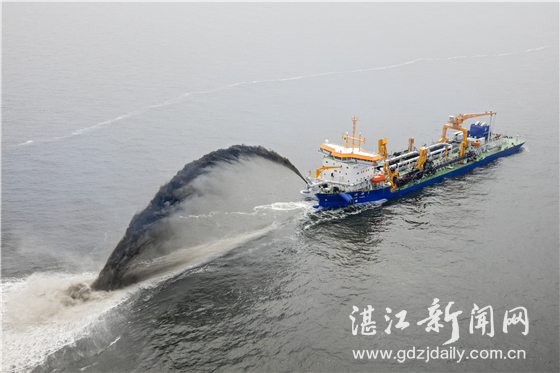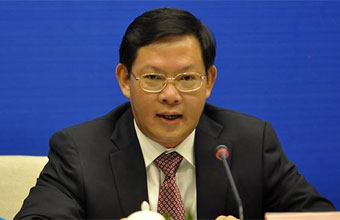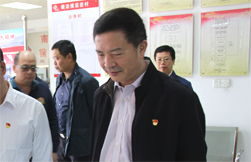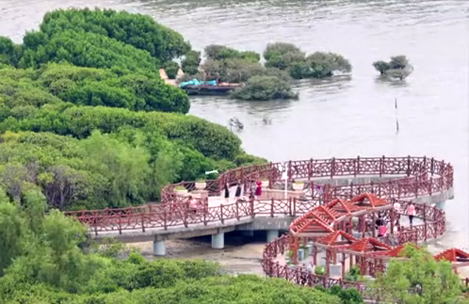Home> News
Waterway renovation helps BASF project construction
After 40 days of hard work, the dredged sediment of the 300,000-ton waterway reconstruction and expansion project was blown into the BASF project site through a 4-kilometer-long submarine pipeline, solving the two problems of dredging and dumping of the channel expansion project and backfilling of the BASF project.
In order to ensure the process of the two projects, Zhanjiang Port relied on Jun Yang 1, the largest trailing suction hopper dredger in Asia. It boasts the world's leading automatic control system, capable of dredging about 20,000 cubic meters per hour. It also has unique advantages in underwater long-distance deep-drilling capacity with its longest arm able to reach 90 meters below the sea floor.
After the completion of the waterway reconstruction project, the main channel will expand to 64.1 kilometers long and the navigation width will reach 340 meters, making the channel the only one in South China that can meet the navigation needs of a 400,000-ton bulk carrier.
According to the determined route selection, construction standards, and channel layout plan, the amount of dredging works is about 74.86 million cubic meters. "After the dredging, the transportation and stacking costs are huge," said a person in charge of the project. At the same time, due to the low terrain, BASF projects and supporting industrial land needs to be filled 6-8 meters, which requires huge fees and a lot of time for purchasing earthwork.
Now, the 300,000-ton waterway will soon be expanded into the first 400,000-ton waterway in South China, and the BASF project will also be completed as scheduled, which will save 3 billion yuan ($421.07 million) for the two projects.

Jun Yang 1, the largest trailing suction hopper dredger in Asia, dredges silt. [Photo/gdzjdaily.com.cn]

 Print
Print Mail
Mail 5G construction supports Zhanjiang's high-quality development
5G construction supports Zhanjiang's high-quality development
 Acting mayor inspects project construction in Xuwen, Leizhou
Acting mayor inspects project construction in Xuwen, Leizhou Zhanjiang island an "egret paradise"
Zhanjiang island an "egret paradise"  Dancing egrets add vitality to Xiashan
Dancing egrets add vitality to Xiashan